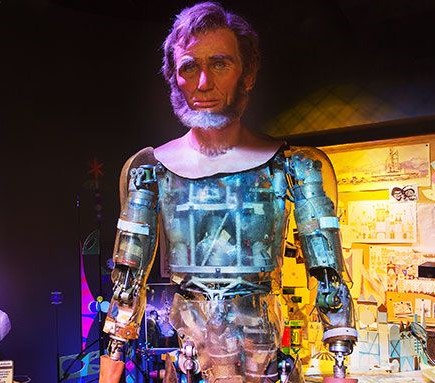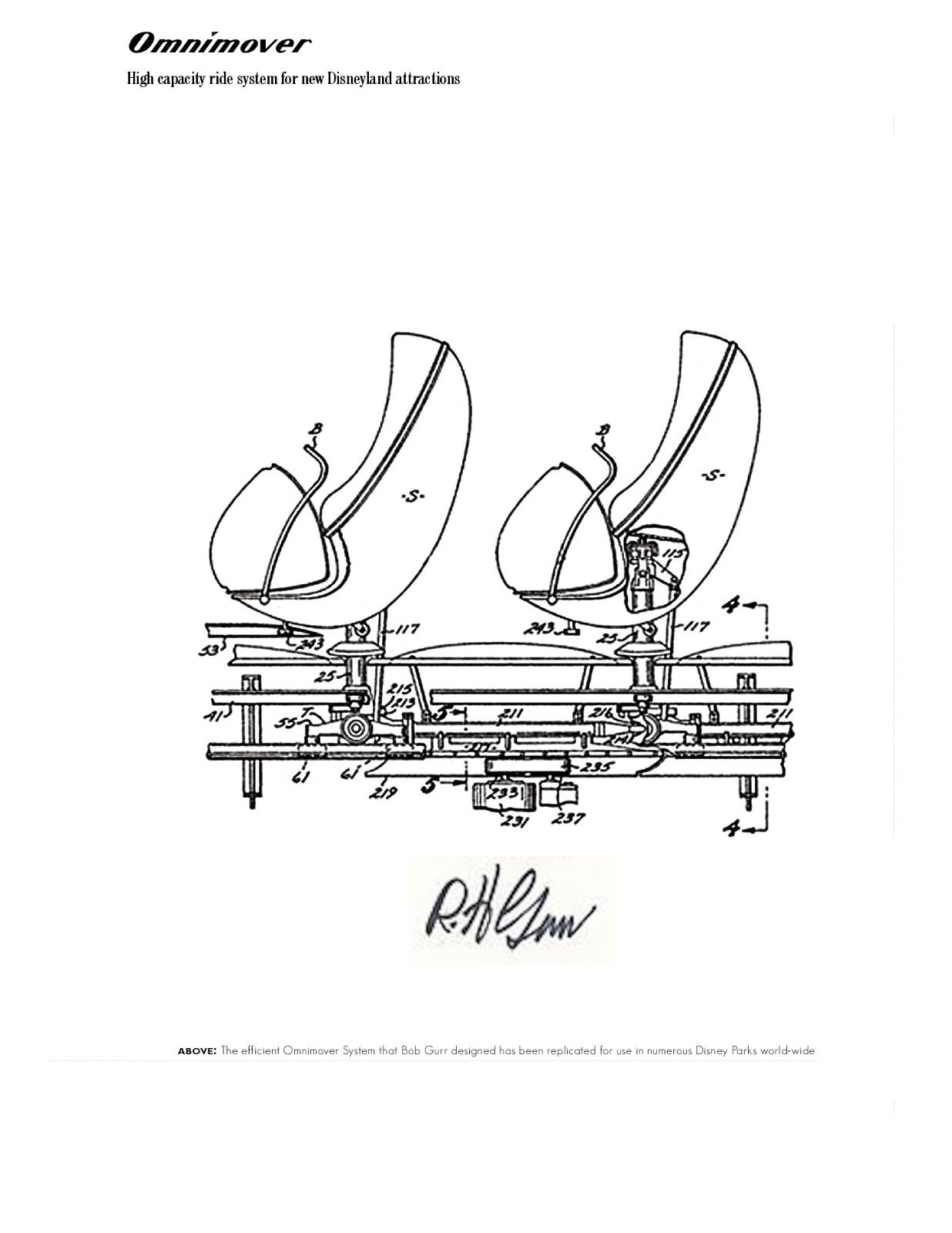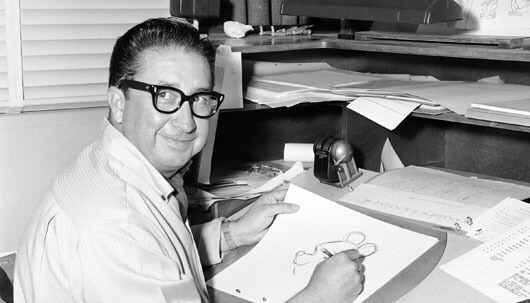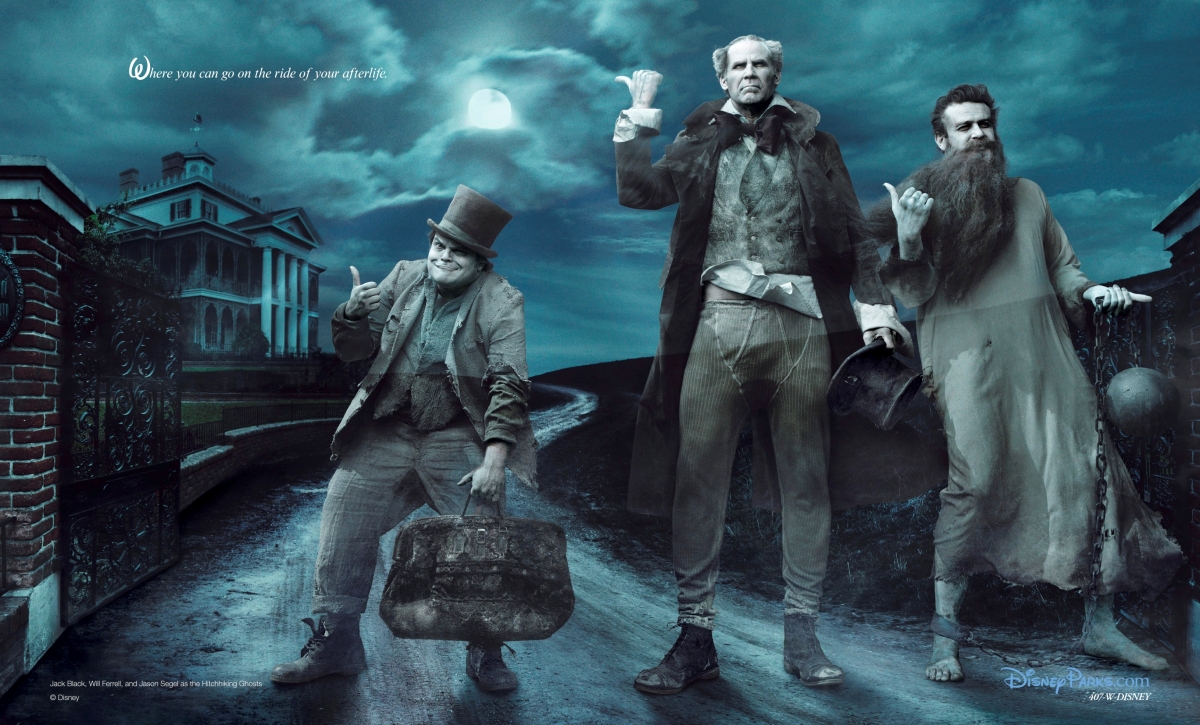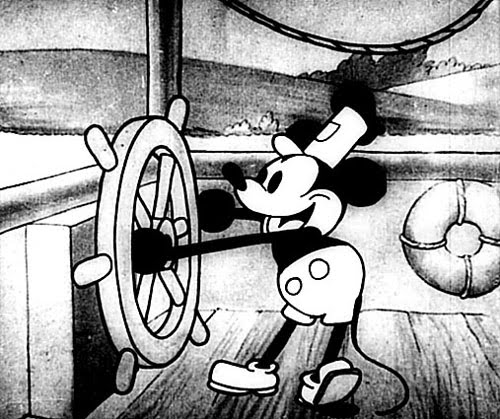
There’s something incredibly special about Mickey Mouse. Even 90 years after his debut, he’s still making people smile all over the world. But why is Mickey Mouse so special? This is a peculiar question, because I don’t think people ask it very often…or even think about for that matter. For a lot of people, he just is. Today, I think that it’s kind of easy to take this cartoon character for granted and miss the spirit which made him popular in the first place.
Today, I wanted to explain what Mickey Mouse means to me. I wanted to talk about why Mickey Mouse is my hero…
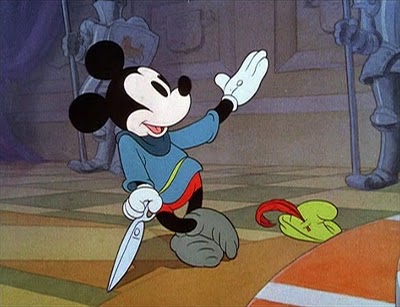
As I was growing up, I knew that I loved animation. I was already interested in movies, but there was something unique about the hand-drawn films of Disney’s heyday that captured my attention. There was an intangible charm that set them apart from most of the live-action movies that I had seen. Animation was the playground where anything was possible.
And of course, you couldn’t be a fan of animation without at least hearing the name Mickey Mouse. He was an icon; his face was everywhere.
So, as a small child who didn’t understand how films were made, I think I took Mickey for granted and just assumed that he went with cartoons the same way that peanut butter went with jelly. But as I got older, and began to study the film industry in earnest, I began to realize that Mickey Mouse represented so much more. And in order to understand why, we have to go back to his creation.
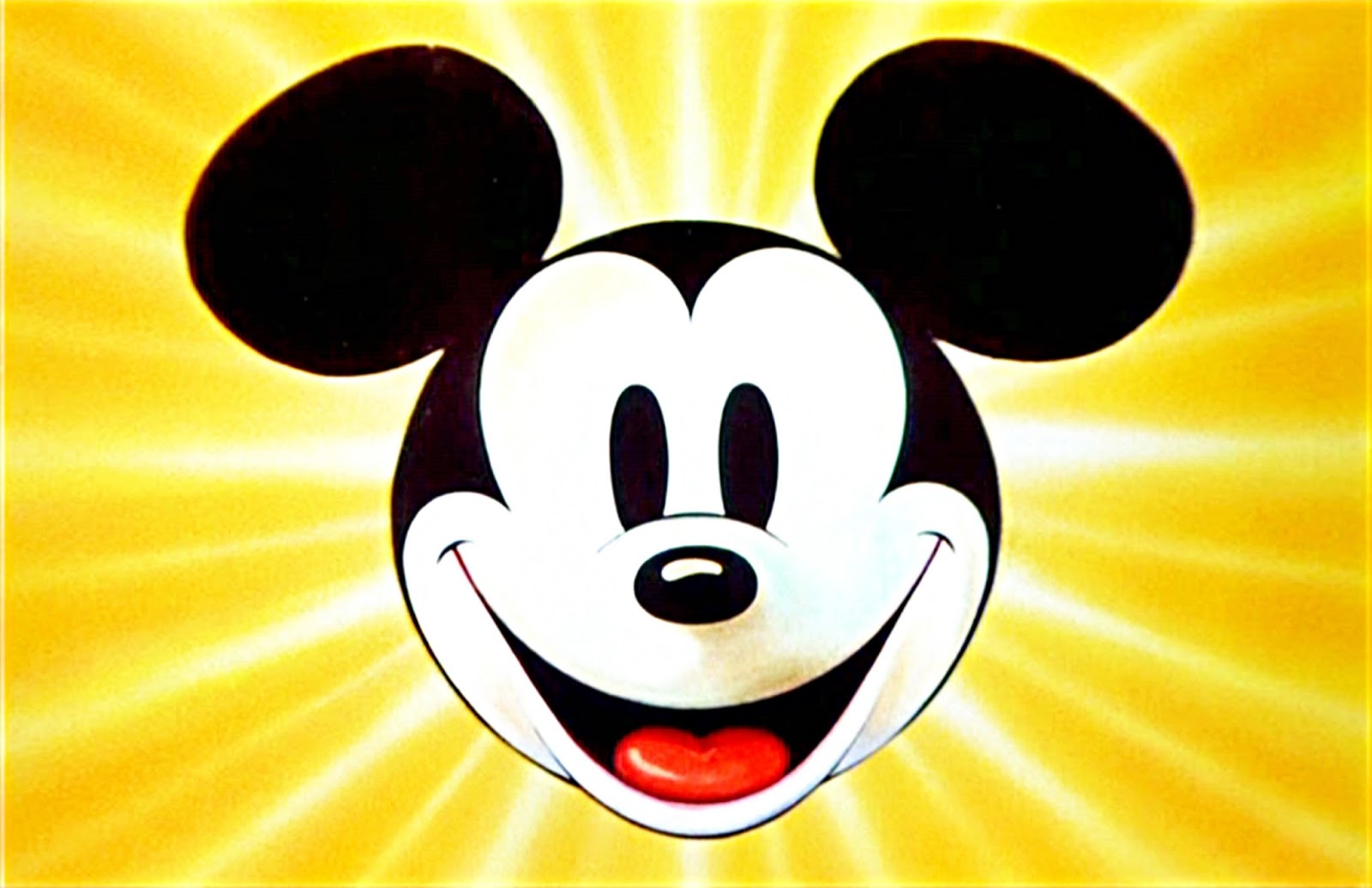
The story of Mickey Mouse’s inception is a long one, so I’ll try to keep this recap brief for context. The most important thing about his creation was that Mickey Mouse was born out of desperation. He was created during one of the lowest points in Walt Disney’s life. In fact, Mickey Mouse’s creation was a direct result of Walt Disney losing everything. During the 1920’s, in the early days of his animation career, and before his name would become synonymous with high-quality animation, Walt produced cartoons for established industry leaders. But it was hard work for very little return and Walt was having trouble making ends meet. Still, ever the perfectionist, Walt strove for greatness and a standard of quality that made his competitors balk. But in this season of pushing for the best product possible he may have done too well. first truly successful creation, Oswald the Lucky Rabbit, was popular enough to run a series that Walt’s Distributor, Charles Mintz, coveted. But Walt Disney poured every cent the company had back into his cartoons to make them better. In addition, he spent as much time and talent as was possible on improving the quality of the animation which slowed production and limited the amount of cartoons that Mintz could cash in on.
Of course, this didn’t sit too well with Mintz’s avarice. Mintz, who still retained the right to distribute Oswald and therefore could make his own cartoons (despite Walt having been the one who created the character) decided that he didn’t want Walt’s quality control. He believed that he could pump out cartoons twice as fast and make double the profits on low-quality animation. He believed Walt to be unnecessary to his own chars and swindled Oswald out from under Disney’s nose. And if that wasn’t enough, Mintz then proceeded to bribe most of Walt Disney’s top animators into leaving him. Effectively, the entire studio, save for a few loyalists who believed in Walt’s standard of quality, abandoned Walt to work on Oswald for Charles Mintz.
Even after working years for what little he had, Walt had lost everything.
Walt Disney, along with his wife Lillian, claimed that on the train ride home from this heartbreaking and potentially career-ending event, he refused to give up hope. No matter how bleak everything looked, Walt was determined to survive. So, with no creative assets to his name, Walt decided to try and create one more character to make new cartoons with. In his desperation, he sketched out a little mouse, and although the design would end up changing significantly thanks to the collaboration of a genius animator named Ub Iwerks (one of the few employees that remained loyal during the Mintz fallout) the spirit of the character was created. Mickey Mouse had been born. And without knowing it, Walt Disney created the most recognizable and popular cartoon character of all time. And he had done it during a time when everyone thought he would fail. That fateful day, Disney proved Mintz wrong. He proved that the Disney touch was crucial to his cartoon character’s success!

The rest is history…and that’s the point.
Mickey’s history, and what it represents, is what is most important about him. What makes Mickey Mouse so special isn’t his popularity, or even his bankability (although he has both in spades), but rather what he meant to Walt Disney himself. For Disney, Mickey Mouse represented perseverance. Mickey was proof that hard work, perseverance, and quality were the keys to success. He represented Disney’s own humble beginnings, and this was something that Walt Disney never forgot.
“I only hope that we never lose sight of one thing-that it was all started by a mouse.”
Walt would say this years later, recalling the humble start of his artistic legacy. It remained a lesson for Disney to never forget how he had started out with nothing, and that he had a responsibility to treat whatever he earned with respect. To remember that he was no better than anyone else, and that what he had was a blessing.
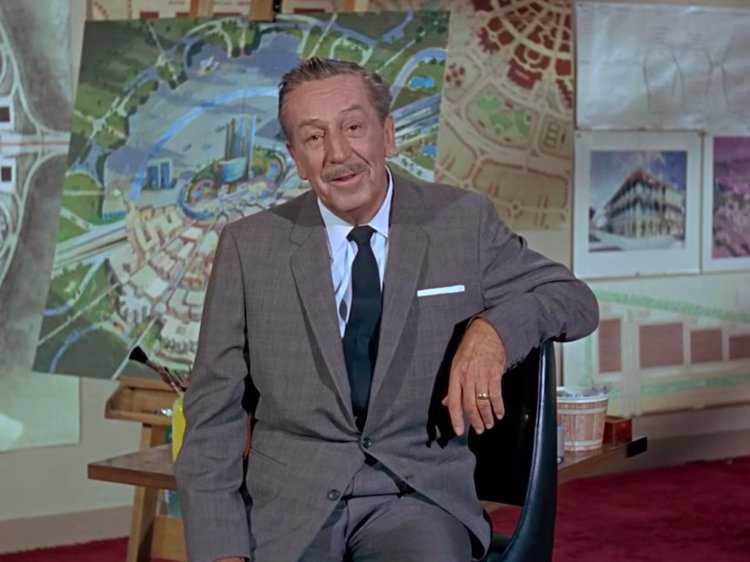
Ironically, Mickey Mouse came to eventually represent that very thing; an average, humble, everyday citizen who could do something extraordinary if he put his mind to it. And knowing the history behind it all, there’s no way that this could have been a coincidence. Walt put his very identity into this little mouse, because he had risked everything on him, and as a result Mickey became Walt’s alter ego, literally and figuratively. Walt even voiced Mickey for several years in his classic cartoons; turning Mickey into who Walt Disney wanted to be.
Mickey is special because he reminds us of what it means to persevere; to never give up on your dreams. Without Mickey, Disney would have never found success, and because many consider Disney to be the pioneer of modern animation, the art form itself might not have become the prevalent and memorable industry that we recognize it as today. Mickey changed the way we look at animation and shaped The Disney Company into what it would one-day become.
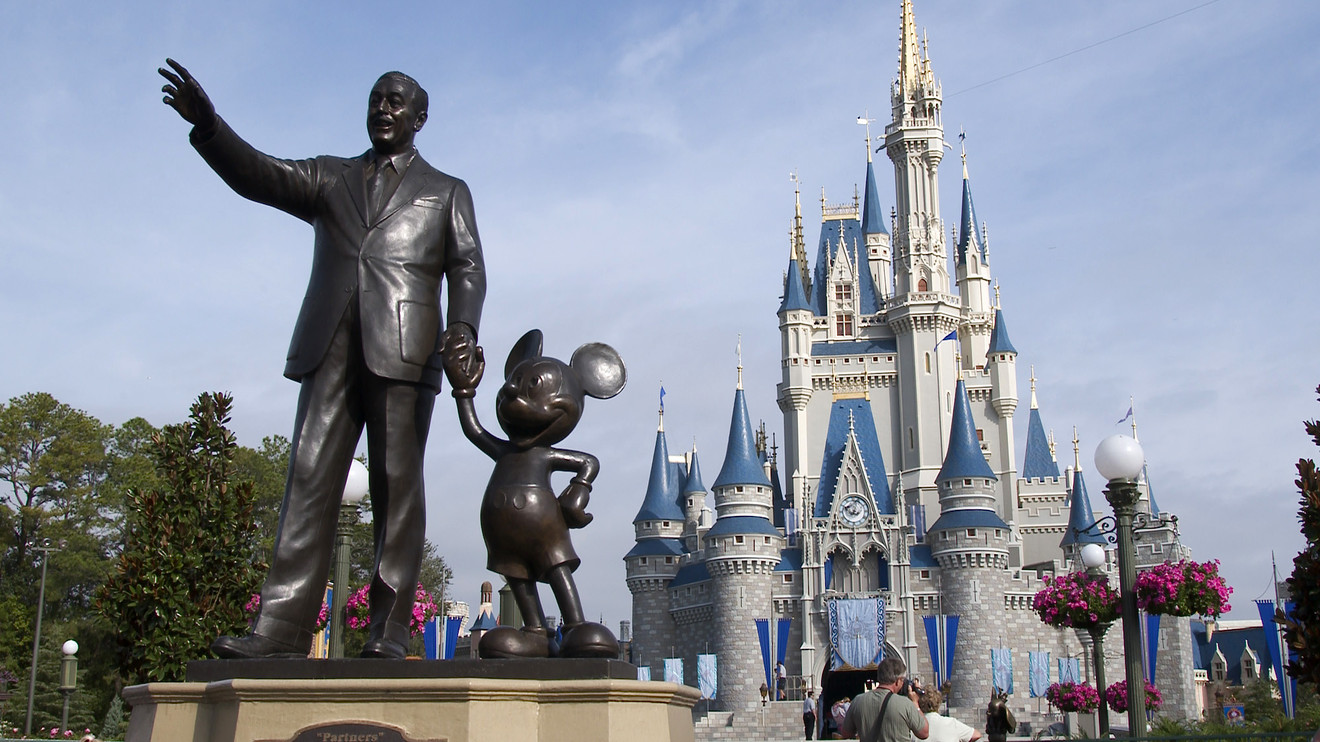 So, when I look at Mickey Mouse, I cannot help but be full of gratitude for what he’s done for the movies that I love. When I see him, I’m reminded of what animation means to me, and why I love film in the first place. Filmmaking inspires me to live out my dreams and to never give up on them. It pushes me to tell stories that impact the world and invites me to bring a smile to faces everywhere. Mickey Mouse is simply a physical reminder of this love, and for that, I owe him my undying respect.
So, when I look at Mickey Mouse, I cannot help but be full of gratitude for what he’s done for the movies that I love. When I see him, I’m reminded of what animation means to me, and why I love film in the first place. Filmmaking inspires me to live out my dreams and to never give up on them. It pushes me to tell stories that impact the world and invites me to bring a smile to faces everywhere. Mickey Mouse is simply a physical reminder of this love, and for that, I owe him my undying respect.
So, when I go to a Disney Park and see the statue with Walt Disney holding Mickey’s tiny hand in his, gesturing to a world of imagination, I must thank them both for being brave enough to follow their dreams… and in turn inspiring me to do the same. Mickey Mouse is more than just an iconic face. He’s the representative of a legacy that spans generations, and reminds dreamers everywhere, that they can do anything that they set their minds to. It shows them, like Walt Disney said, that “All our dreams can come true, if we have the courage to pursue them.”
CHECK US OUT ON YOUTUBE!















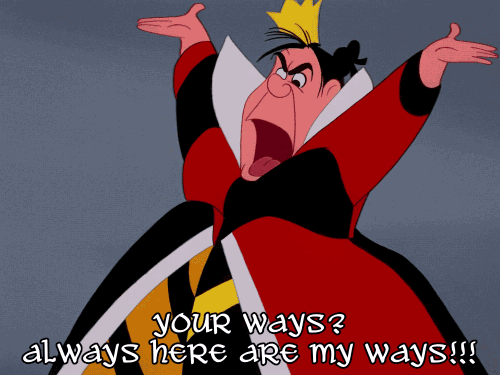

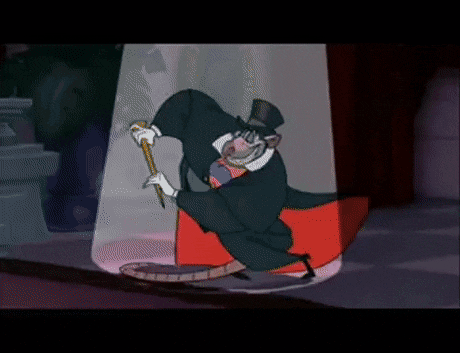
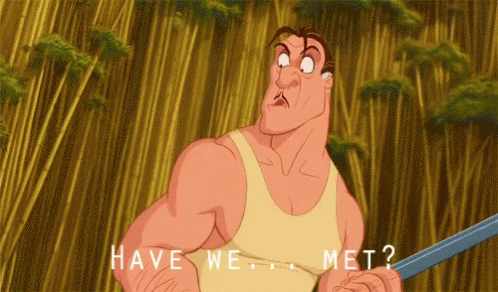








 So, when I look at Mickey Mouse, I cannot help but be full of gratitude for what he’s done for the movies that I love. When I see him, I’m reminded of what animation means to me, and why I love film in the first place. Filmmaking inspires me to live out my dreams and to never give up on them. It pushes me to tell stories that impact the world and invites me to bring a smile to faces everywhere. Mickey Mouse is simply a physical reminder of this love, and for that, I owe him my undying respect.
So, when I look at Mickey Mouse, I cannot help but be full of gratitude for what he’s done for the movies that I love. When I see him, I’m reminded of what animation means to me, and why I love film in the first place. Filmmaking inspires me to live out my dreams and to never give up on them. It pushes me to tell stories that impact the world and invites me to bring a smile to faces everywhere. Mickey Mouse is simply a physical reminder of this love, and for that, I owe him my undying respect.

